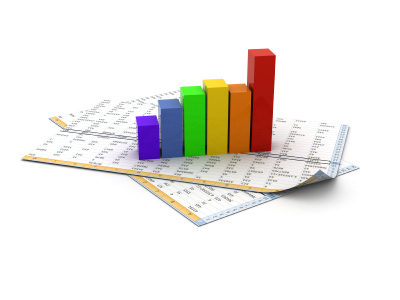Other important variables when measuring welfare:
 We
have identified the problems of using GDP and GNP figures as the basis
for comparing living standards and economic development between
countries.
We
have identified the problems of using GDP and GNP figures as the basis
for comparing living standards and economic development between
countries.
The quality of life comes from a combination of many other factors too, such as:
- Access to health care - a good measure of this is doctors or nurses per 1,000 people, though there are others.
- Infant mortality - what proportion of children live beyond their fifth birthday?
- Maternal mortality - how many mothers die in childbirth?
- Life expectancy - how long are people expected to live and are there differences between genders and/or regions?
- Access to safe water - is the water supply safe and how far do people have to travel to get to obtain water?
- Agriculture as a percentage of GDP - many developing economies are heavily reliant on their primary sectors.
- Child malnutrition - how much nutrition are children receiving in their diet? Although difficult to quantify, this is a vital indicator of the standard of living.
- Environmental measures - emissions, air quality, pollution indicators, cleanliness of water supply, quality of beaches and so on.
- De-forestation rate - how rapidly is an economy using up its resources?
- Expenditure on social security - social security is a vital safety net for the less well-off, but many developing economies have very poorly developed social security systems, if any.
- Food aid - how much food and other overseas aid is being received?
- Households with electricity - this is a useful measure of how well developed the infrastructure is.
- Transport infrastructure - transport is vital to economic development and trade.
- Poverty - how many people are living below the poverty line?
- Access to education - one measure is the pupil/teacher ratio (number of teachers per 1000 etc.), but we could also look at the proportion of the population enrolled at primary, secondary and tertiary levels of education.
- Leisure - access to leisure services, Internet connectivity and so on.
Compare and contrast two health indicators for economically more developed countries and economically less
developed countries. Which factors from the list above can be seen as health indicators?
Compare and contrast two education indicators for economically more developed countries and economically less
developed countries. Which factors from the list above can be seen as education indicators?
To this Quality of Life list can be added political factors such as:
- Open government
- Democracy
- Accountable government
- Civil rights
- Rights of women and minority groups

We have to be careful not to confuse the cost of living with the standard of living. The cost of living depends on the rate of change of prices and the standard of living will partly depend on income levels combined with the factors considered above.
As you can see, GDP alone is a fairly inadequate measure of welfare - other factors need to be considered and be even more important.